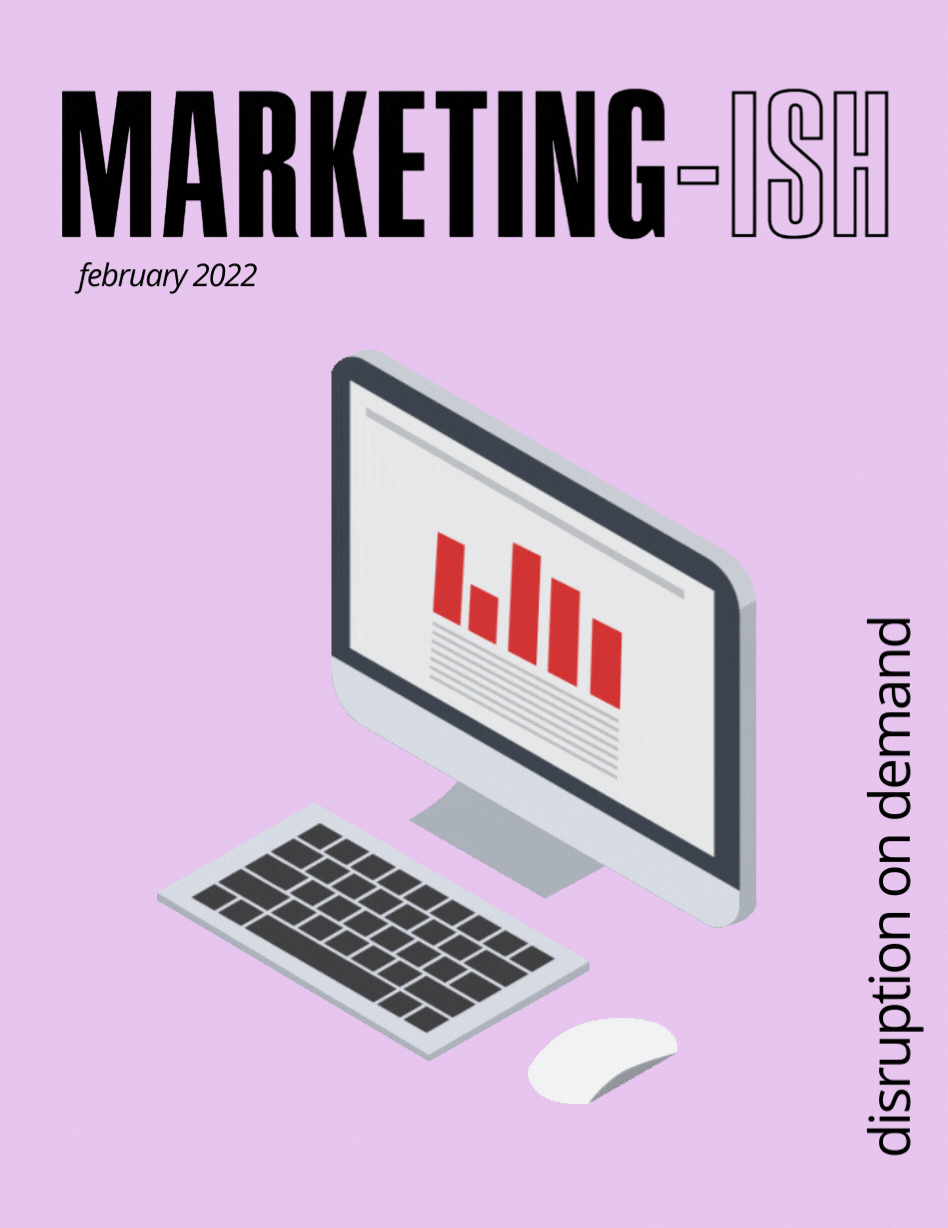Framework Makes the Dream Work
In our last edition, I introduced a few concepts and dilemmas marketers might want to take into consideration to improve their understanding of customer needs. In this issue, we’re going to take a deeper dive into the Marketing AI four quadrant framework that consists of the two intelligences and structures that combine to form the different AI marketing types. The framework has a stepped nature to it, meaning companies can (and should) start on the more simple side of the spectrum when they begin assessing their projects. Starting with simple stand-alone apps and then upgrading to an integrated machine learning model once more data has been collected provides more benefits. In this way, CMOs can organize their current projects and more efficiently plan future ones using this framework. As we’ll find out, integrated machine learning is the recommended AI application marketers should pursue to obtain the most value. As always, the key is to keep the customer’s interests at the forefront of every venture.
In its most basic form, AI Marketing can be broken down into intelligence and structure type. These combinations result in four variations of technologies, such as chatbots and recommendation engines, some of which can be found in more than one quadrant. The first component of intelligence can be divided into automation and machine learning tasks. The former is what usually comes to mind when thinking about AI in layman’s terms; the simple robot that can perform the same action over and over again, destined to one day replace the human currently performing the same task. Chatbots, the kind increasingly found on website homepages, are one of the more well-known examples of automation. Closely related to deep learning, machine learning is much more difficult to understand and is used to determine more complex decisions that require tons of data. Sales propensity models and online advertising are a few common tools that can be combined with the relatively more sophisticated intelligence.
Now for the structures; stand-alone versus integrated applications. Stand-alone AI applications are used in combination with another platform to offer a service. Want to figure out the right paint color for your baby’s new room? Some companies have started IBM Watson to do so. The application’s natural language processing and Tone Analyzer offers recommendations for a color paint based on the text that a consumer inputs. IBM Watson then detects emotions in the text to make the suitable suggestion. So you can find the right color for your apartment, house, or classroom depending on how you really feel, rather than guessing or relying on a friend’s advice. The reason IBM Watson is an example of a stand-alone AI application, as opposed to an integrated one, is that it is used in conjunction with another service, in this case Behr Company. After the AI part is complete, the actual paint still has to be ordered and delivered. Important to note is that machine-learning, not task-automation, is the intelligence being put to use. Netflix, on the other hand, is an integrated application. The AI is already in Netflix’s system and does work behind the scenes to find the preferred genre of content for a given viewer. It’s not something that a customer can “use” per say, but an automatic process that works by itself as it gains more data over time. The intelligence used here? You guessed it, also machine-learning.
The four types of Marketing AI: stand-alone task automation, integrated task-automation, stand-alone machine-learning, and integrated machine-learning each have their own purpose for enhancing marketing projects. As mentioned at the beginning of our overview, integrated machine-learning is the stage marketers should eventually work towards reaching if they want to create the most value. It’s not easy to integrate these more advanced applications, especially in third-party platforms. However, it’s worth the effort if CMOs honestly evaluate their goals and realistically pivot according to their capabilities. It will be some time yet before AI profoundly changes marketing, and these processes should be approached and planned with a long-term mindset. Other than that, companies that understand the limits of this technology and have completed their due diligence with their customers in mind are on the way to some epic, albeit gradual, transformations. As a marketer, I would create a timeline based on today’s research to predict (roughly) Marketing AI’s evolution so that when tomorrow comes, whenever that may be, our teams will be ready to leverage this technology to our advantage.



